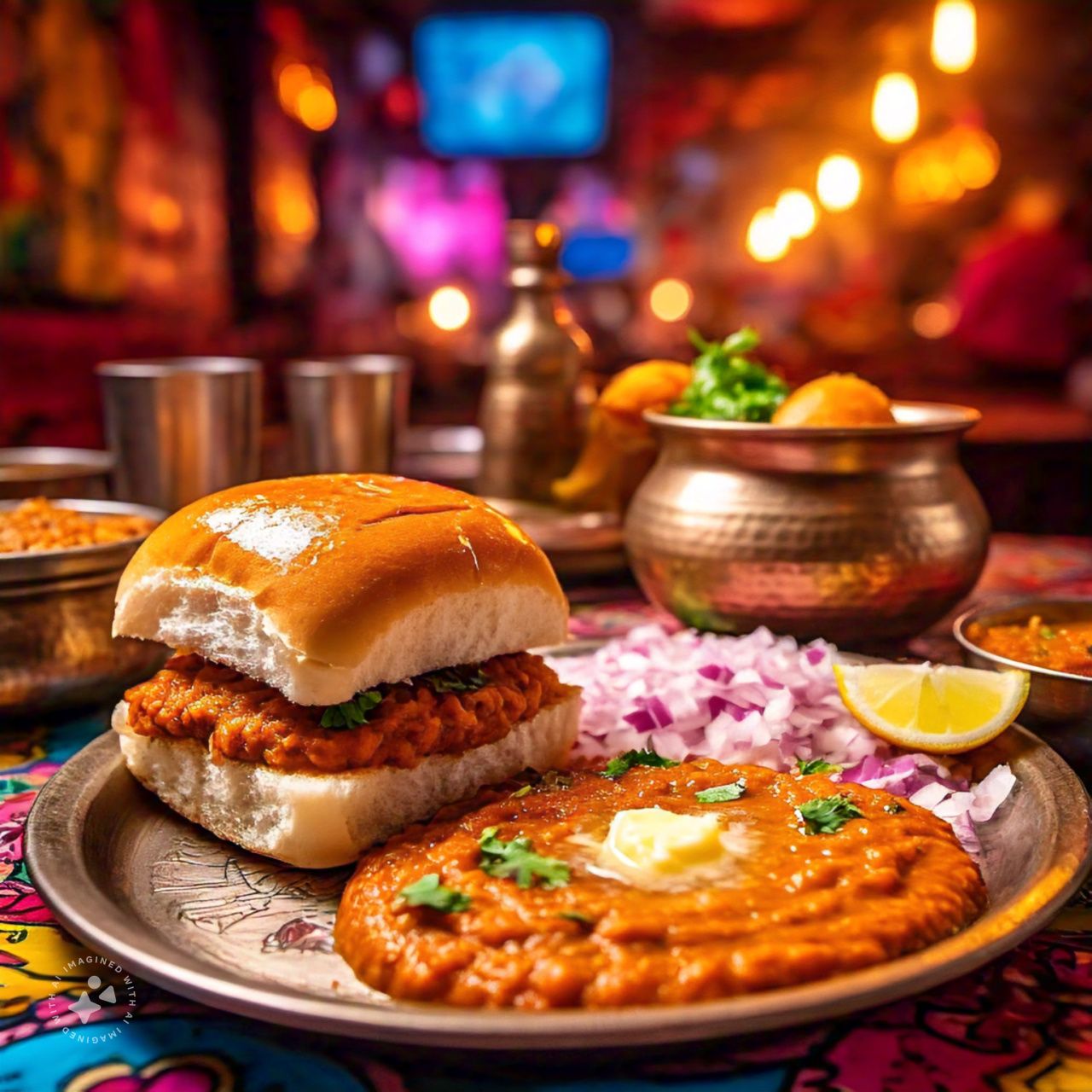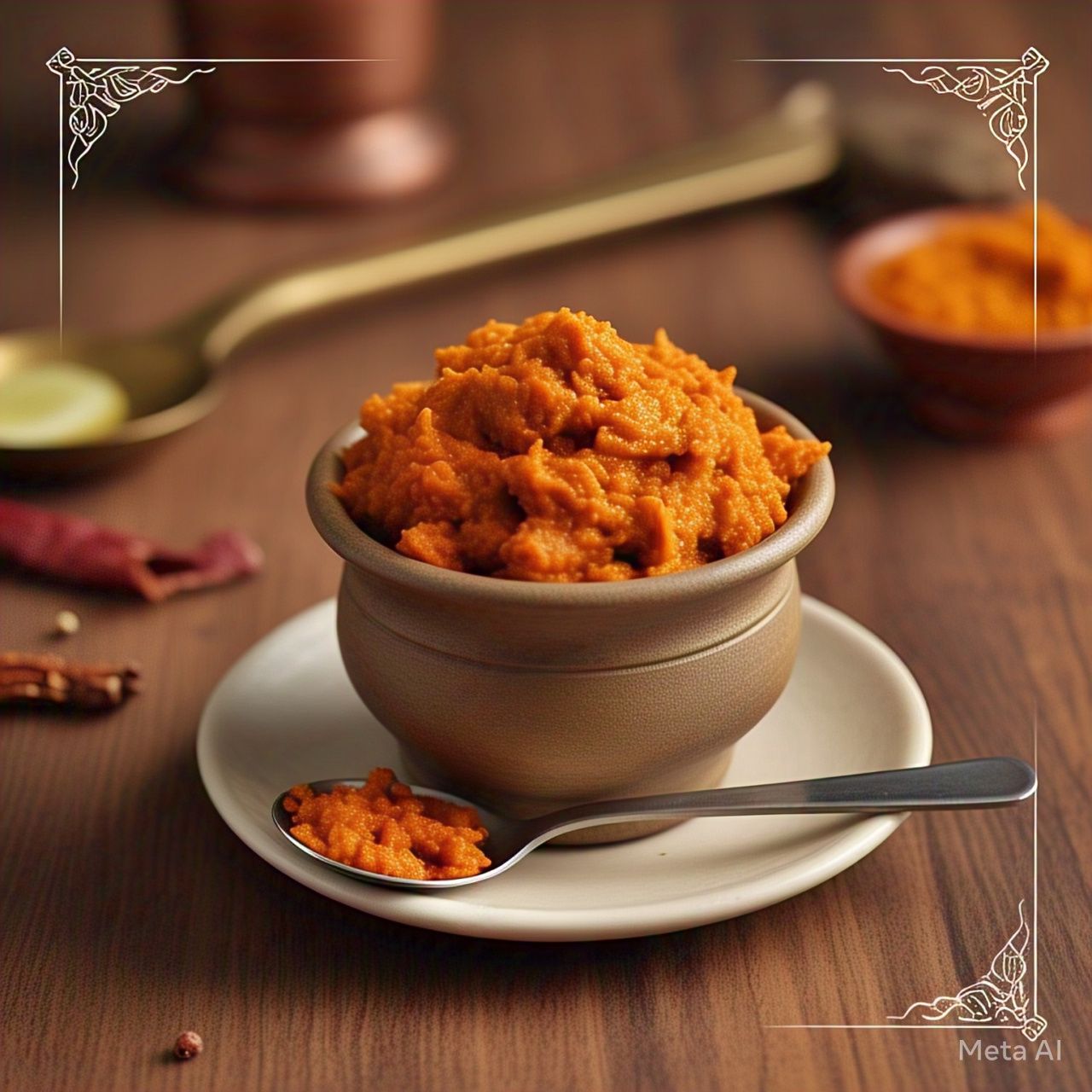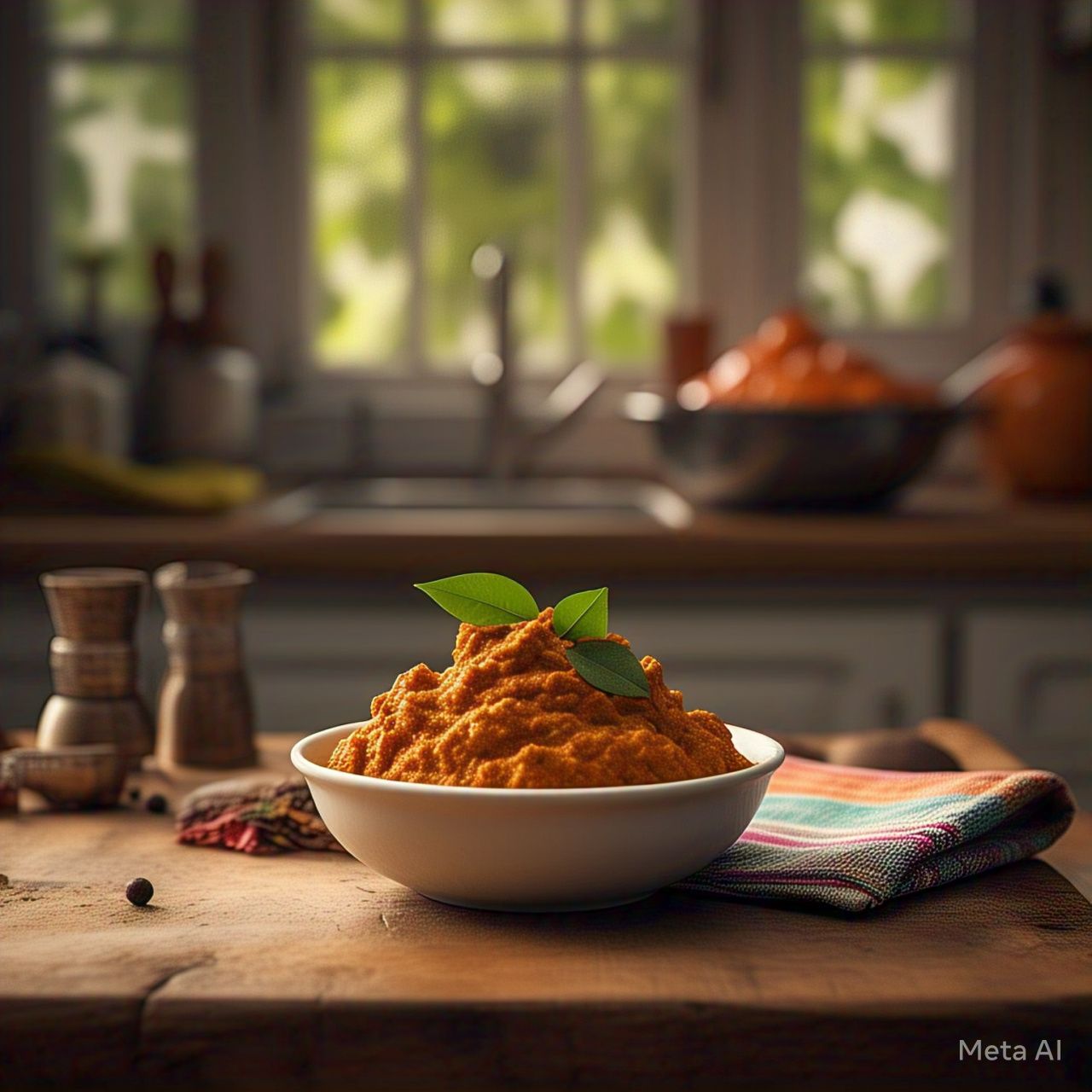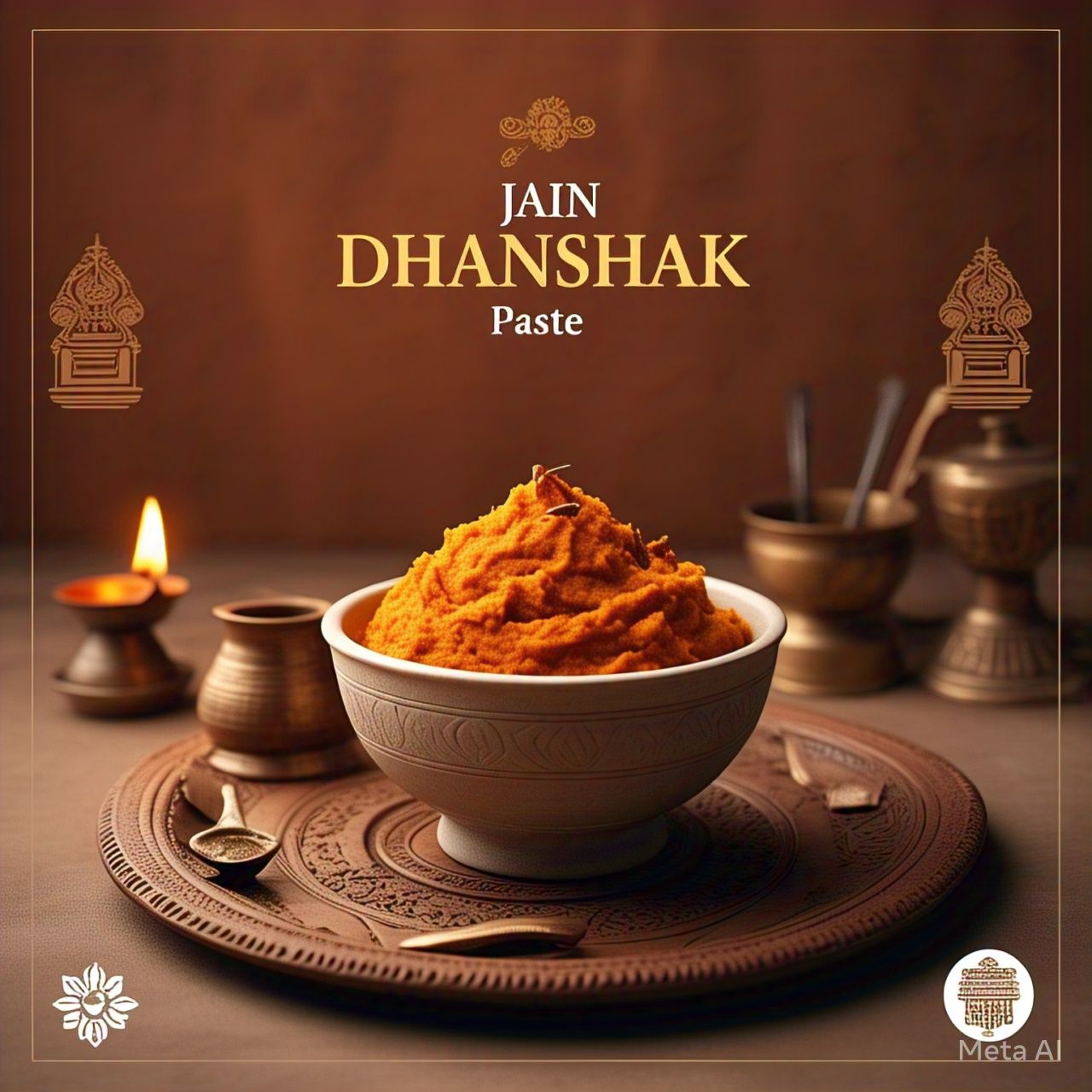Pav Bhaji is a beloved street food in India, famous for its rich, spiced vegetable curry served with buttered pav (bread rolls). The secret behind its bold flavor lies in the special Pav Bhaji Masala, a unique spice blend that makes the dish truly irresistible. In this blog, we’ll dive into the world of Pav Bhaji Masala, its uses, benefits, and tips for creating the perfect Pav Bhaji.
What is Pav Bhaji Masala?
Pav Bhaji Masala is a spice mix that gives the dish its signature taste. It’s a blend of various spices such as cumin, coriander, garam masala, chili powder, turmeric, and dried mango powder. These spices combine to create a warm, aromatic, and slightly tangy flavor profile, perfect for the rich vegetable curry.
Key Ingredients in Pav Bhaji Masala:
- Cumin Seeds: Adds an earthy flavor and aroma.
- Coriander Powder: Offers a fresh, citrus-like note.
- Chili Powder: Brings heat to the curry.
- Garam Masala: A warming spice mix that deepens the flavor.
- Turmeric: Known for its earthy, slightly bitter taste.
- Dry Mango Powder (Amchur): Gives a tangy kick.
The Benefits of Using Pav Bhaji Masala
1. Antioxidant Rich
Pav Bhaji Masala contains spices like cumin and coriander, both of which have antioxidant properties. These compounds help protect the body from oxidative stress and improve overall health.
2. Aids Digestion
Cumin is known to have digestive benefits. It helps in stimulating the production of digestive enzymes, reducing bloating, and improving the absorption of nutrients.
3. Balances Flavors
The unique combination of spices in Pav Bhaji Masala helps to balance the sweetness of the vegetables with the tanginess of the tomatoes, creating a harmonious and flavorful curry.
4. Customizable Heat Level
If you prefer a milder curry, you can adjust the amount of chili powder in the spice mix. For those who love spice, increase the chili powder and add extra green chilies to the curry.
How to Use Pav Bhaji Masala
Pav Bhaji Masala is used to season the vegetable curry that accompanies the pav (bread rolls). Here’s how you can use it effectively:
1. Preparing the Bhaji
- Cook mixed vegetables like potatoes, peas, carrots, and bell peppers.
- Mash the vegetables and add Pav Bhaji Masala, along with tomatoes and butter, to create the perfect curry.
- Adjust the seasoning by adding more salt, cumin powder, or garam masala to taste.
2. Making the Pav
- Slice pav and toast them with butter or ghee. Toasting the bread adds a crispy texture, which pairs perfectly with the smooth vegetable curry.
3. Serving the Pav Bhaji
- Serve the bhaji hot, garnished with chopped onions, fresh coriander, and a squeeze of lemon.
- Pair with a side of buttered pav and enjoy!
Cooking Tips for Perfect Pav Bhaji
1. Use Fresh Ingredients
The key to great Pav Bhaji lies in the quality of ingredients, especially the vegetables. Using fresh tomatoes and onions will give the curry a rich base.
2. Mash the Vegetables Well
To get the perfect consistency, make sure to mash the vegetables properly. A smooth, lump-free texture ensures that the curry has the right feel and is easier to scoop up with the pav.
3. Toast the Pav Generously
Toasting the pav in butter gives it a rich, crispy texture that enhances the overall taste. Don’t shy away from adding a little extra butter it makes the dish more indulgent!
4. Adjust Spice Levels
The spice levels can be adjusted according to your taste. If you prefer it mild, reduce the chili powder and add more amchur for a tangy taste.
5. Add Lemon for Freshness
A squeeze of lemon juice before serving brings out the tanginess and adds a refreshing note to the dish.
Seasonal and Holiday Favorites with Pav Bhaji
1. Ideal for Monsoon and Winter
Pav Bhaji is the perfect comfort food for rainy or chilly weather. The warm and hearty vegetable curry, along with the buttery pav, provides warmth and satisfaction.
2. Perfect for Festive Occasions
Pav Bhaji is a popular snack at festivals and special occasions like Diwali and Navratri. It can be served at family gatherings and parties as a quick, tasty treat.
3. Great for Family Gatherings
Pav Bhaji is easy to make in large quantities, making it an ideal dish for family gatherings or potlucks. You can make a large batch of curry and toast the pav as needed.
Comparing Pav Bhaji Masala with Other Indian Spice Mixes
1. Pav Bhaji Masala vs Tandoori Masala
- Flavor Profile: Tandoori Masala is smoky and aromatic, used primarily for marinating meats and vegetables before grilling. In contrast, Pav Bhaji Masala has a warm, tangy flavor perfect for vegetable curry.
- Use: Tandoori Masala is used in grilling or roasting, while Pav Bhaji Masala is used to flavor a vegetable curry served with bread.
2. Pav Bhaji Masala vs Chaat Masala
- Flavor Profile: Chaat Masala has a more tangy and savory flavor, commonly sprinkled over snacks like bhel puri or pani puri. On the other hand, Pav Bhaji Masala has a more complex flavor suited for the rich vegetable curry of Pav Bhaji.
- Use: Chaat Masala is used to add zest to various snacks, whereas Pav Bhaji Masala is the key seasoning for the Pav Bhaji dish.
3. Pav Bhaji Masala vs Biryani Masala
- Flavor Profile: Biryani Masala is aromatic and rich, often including ingredients like saffron, cinnamon, and cloves. Pav Bhaji Masala, however, has a tangy and spicy flavor profile ideal for vegetable curry.
- Use: Biryani Masala is used in rice dishes like biryani, while Pav Bhaji Masala is specifically for making the curry in Pav Bhaji.
The Environmental Impact of Food Waste and Pav Bhaji Masala
Food waste is a pressing global issue, and reducing it can have significant environmental benefits. According to the Food and Agriculture Organization (FAO), approximately one-third of the food produced worldwide is wasted every year, contributing to unnecessary waste of resources like water, energy, and land.
By using leftover vegetables in Pav Bhaji, you can reduce food waste in your kitchen. For example, if you have extra potatoes, carrots, or peas, they can be incorporated into the curry. The Pav Bhaji Masala provides the perfect seasoning to elevate the flavor of these leftover ingredients.
Additionally, preparing homemade Pav Bhaji Masala with fresh spices minimizes packaging waste, promoting a more eco-friendly cooking habit.
Frequently Asked Questions (FAQs)
Q1: Can I make Pav Bhaji Masala at home?
Yes, you can easily make Pav Bhaji Masala at home by combining spices like cumin, coriander powder, garam masala, chili powder, and amchur. The exact proportions can be adjusted based on your preference.
Q2: How can I store Pav Bhaji Masala?
Store Pav Bhaji Masala in an airtight container in a cool, dry place. It can last for up to 6 months, maintaining its freshness and flavor.
Q3: Can I use Pav Bhaji Masala in other dishes?
Yes, Pav Bhaji Masala can be used in other recipes like pasta, rice dishes, and even veggie sandwiches for added flavor.
Q4: Is Pav Bhaji Masala gluten-free?
Yes, Pav Bhaji Masala is naturally gluten-free. However, always check for cross-contamination if you have severe gluten allergies.
Conclusion
Pav Bhaji Masala is the magic ingredient that turns simple vegetables into a flavor-packed street food favorite. With its aromatic spices, it creates a delicious, hearty curry that pairs perfectly with buttered pav. Whether you’re making Pav Bhaji for a casual snack or serving it at a festive gathering, this masala mix elevates your cooking to new levels of flavor. Try it today and experience the rich, tangy, and spicy goodness that defines one of India’s most loved street foods.





Share:
Dabeli Masala: The Flavorful Spice Mix Behind India’s Beloved Snack
Frankie Masala: The Secret Spice Blend for the Perfect Frankie Wrap